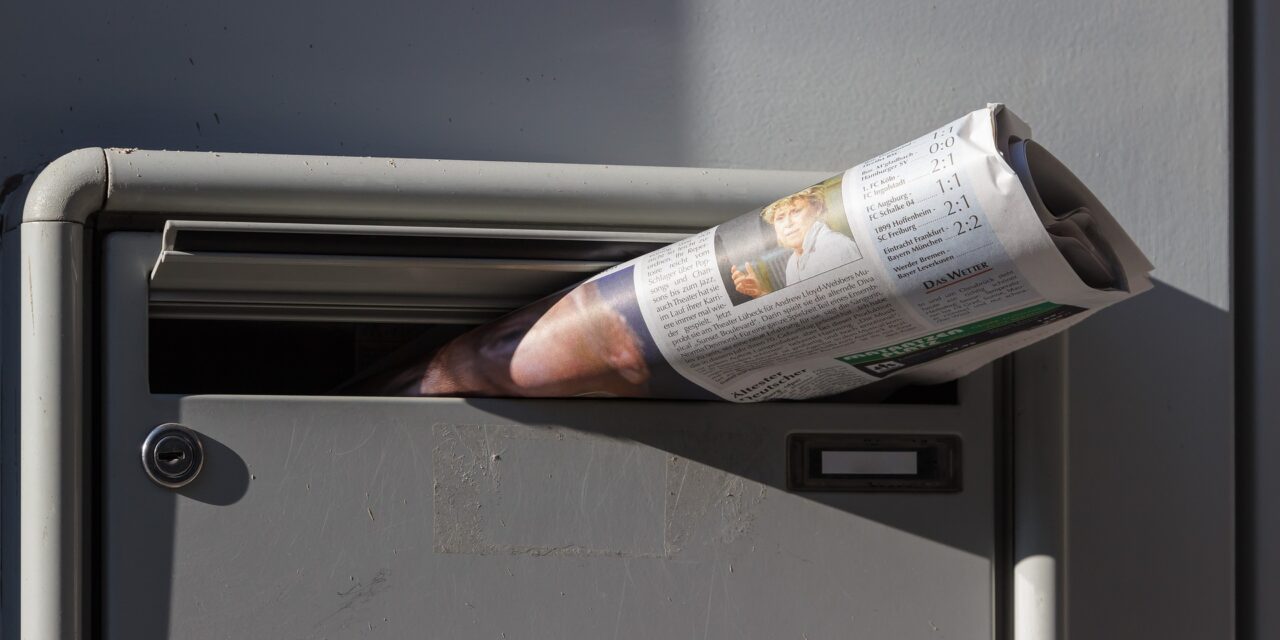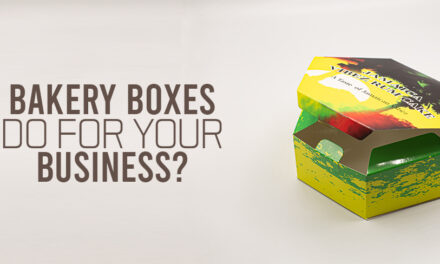Besides being an essential marketing strategy, newsletters are a great way to provide your customers with additional value-based information. When done right, they can be a powerful tool for companies to increase their conversions and give their customers a glimpse of what it’s like at their business.
Research shows that email newsletters are one of the most used forms of content marketing by B2B marketers, and 69% of the most successful B2B companies have a well-documented content marketing strategy that almost always includes an effective email newsletter.
If you don’t know how to create engaging newsletters, worry not. This article will show you five simple steps of creating a newsletter that your clients will love reading.
Pre-plan Your Newsletter Content
Before you start sending out newsletters, you must have a well-thought-out strategy. Having a planned content strategy can ensure that you remain on track and accurately reflect your brand’s voice. In short, beware of cluttering your newsletter by stuffing different types of content altogether.
Some common types of newsletter content include:
- Blog Highlights
- Survey results
- Interactive quizzes
- Case studies
- PR Events and features
Focus On The Design
A newsletter offers extra value to your readers, which means that even if the content is flawless if your design is not visually attractive, it will not motivate readers to scroll till the end.
The newsletter’s design is the first thing that grabs the reader’s attention, so it’s important that your newsletter is concise, highly visual, and suggestive at first look.
A concise design means putting just enough content that takes your readers to your blog or website. You want to show them a glimpse of your content, not make them consume everything that they would find on your website too. Secondly, utilizing white space is key to avoiding clutter in your newsletter. White space eliminates unnecessary content and spreads out your content evenly.
Highly visual content means incorporating images, short videos, links to podcasts, interactive quizzes, and gifs, etc. Additionally, be mindful that your newsletter follows the same color scheme and font on your website and business stationery.
Suggestive content ensures that when your readers read your newsletter, they should immediately get a sense of what your business is about. Often, in their attempt to think out of the box, newsletters try to create different content styles and deviate far too much from their original style, which can confuse your customers.
Find out some great newsletter examples here that show the effectiveness of a minimal and sleek design.
Balance Your Newsletter Content
When you send out your newsletter, the chances are that your readers don’t want to hear about your services 100% of the time. They may be looking to find something informative or educational that they can learn from or looking for additional links from your website.
For example, if you have a shoe business, instead of spamming your customer’s mailbox with 2-3 emails a day that may or may not be opened, opt for sending educational content such as the latest shoe trends or how to pair specific shoes with certain outfits. Get rid of sales and promotional content, and try making your content close to what your customers can relate to.
A good rule of thumb is to balance your newsletter content to be 90% educational and 10% promotional. That way, customers will feel like they’re getting something worthwhile.
Offer Incentives To Boost Engagement
Incentives like discount codes, special offers, or links to exclusive content can engage your audience and encourage them to open the newsletter and browse the entire piece. However, any incentive that you offer must appeal to your audience. After all, why would they open it if it does not provide real value to them?
Before choosing what incentives to offer your audience, conduct adequate research and segment your customers into different categories to set incentives accordingly. You can also send online polls and questionnaires to know what each of your customers is looking to determine the right strategy.
Use An Email-Friendly Writing Style
No one wants to read long essays when they open their emails. Some customers may prefer to read them on their mobile phones, which means that they would more likely be interested in a newsletter copy that is concise, engaging, and grabs attention immediately.
As such, you should adopt an informal, conversational tone with your readers, such as using short sentences, using simple words, and allowing generous paragraph breaks. Remember not to cram too much text as it would overwhelm the readers.
Additionally, don’t forget to maintain the brand’s general tone. For example, if you often use a fun, preppy manner in your branding, extend the same to your newsletter. But, if you’ve always kept a professional, formal voice in all communications, a newsletter isn’t the best place to experiment with it.
To Conclude
The secret to creating a fun, thoughtful, and engaging newsletter is taking the time to craft quality content and provide memorable experiences via email. It may be hard to experiment and wait to see which ideas work, but patience will be worth it. Because once you’ve mastered what your customers want and what they’re looking for, your newsletter can drive tons of sales, conversions and boost loyalty.






